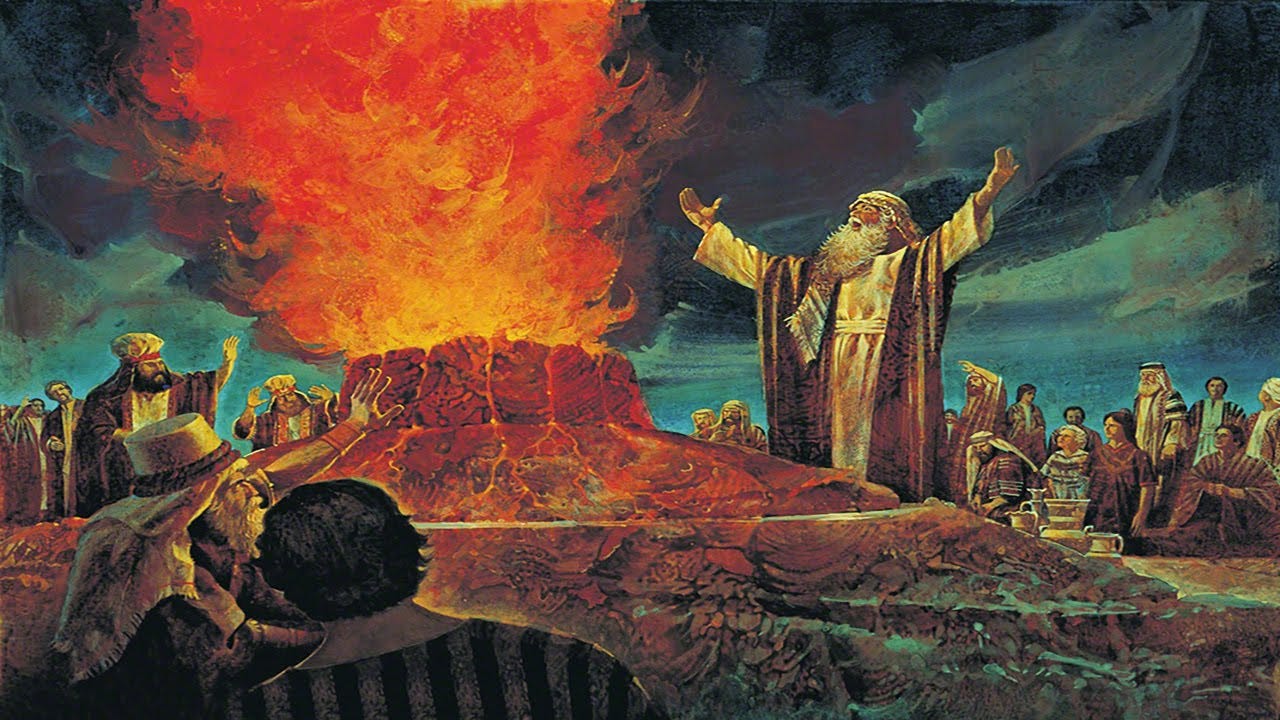Jezebel: Part 2 The Priestess
In the showdown between the worshippers of Baal and Elijah, we read about Jezebel’s table.
1 Kings 18 v 19
Now summon all Israel to meet me on Mount Carmel, along with the four hundred and fifty prophets of Baal and the four hundred prophets of Asherah who eat at Jezebel’s table.
Jezebel’s table wasn’t a place where she had a meal, but was likely where she performed sacrifices to the gods. We may think ancient sacrifices were always about killing an animal or human, but majority of offerings were simply cakes or biscuits.
Pagan worship sometimes involved bringing food to the god, and cooking it. The god’s food would be burnt, with the smoke rising to them and the worshipper’s food would be cooked and eaten as normal. Sharing this meal was the act of worship.
Sometimes, blood of a sacrificed animal was sprinkled over the worshipper. And sometimes, the slaughtered animal’s offal was burnt to the god and the priests kept the rest for themselves, acting almost like payment for their service.
Sexual rituals were commonplace in pagan rituals, with some cults employing temple prostitutes as priests. Sex then became an act of worship.
In some near-eastern cults, they practiced child sacrifice. It is thought it was tied to the worship of Molech, but recent academic research might suggest that ‘molech’ was the term for killing a child in pagan worship. Which might mean other ancient pagan cults did the same thing.
As Jezebel had a table or altar, and with her father being a priest, it is likely she was a priestess. She would likely have been acquainted with all these above practices.
Israelite worship was fundamentally different. The worshipper did not share a meal with God, they did not commit sex acts and child sacrifice was banned.
New Testament Worship
In the New Testament, God brought His own sacrifice, His Son. At the Last Supper, the Incarnate God shared a meal with His disciples. He offered Himself as the sacrifice to them, through the wine and bread.
The Eucharist seems to share pagan overtones, but I would say it’s the other way round. The pagan practice perverts Christ’s sacrifice. It takes God’s design and twists it, putting the onus on the worshipper rather than on God.
Whereas pagan sacrifices were used to manipulate the god into doing something for the worshipper, Christian worship seeks to allow God to change us. This is why the Eucharist is sometimes called the Communion. It is where we commune with Christ.
I place a paywall on some of my posts to dig a little deeper and talk about more controversial topics. This time we will look at the role of women in church leadership.
If you’d like to read further, please become a paid subscriber.
Keep reading with a 7-day free trial
Subscribe to Tower of Adam to keep reading this post and get 7 days of free access to the full post archives.


